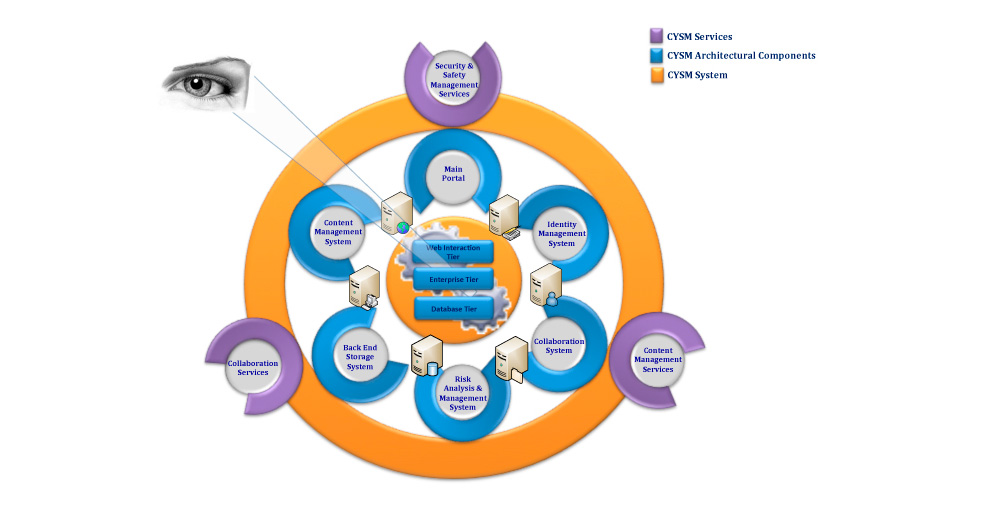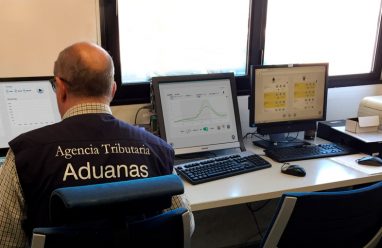The main aim of CYSM is to make substantial improvements to the protection of critical infrastructure (CI) in ports, taking into account both cyber and physical aspects. The project analyses the spectrum of threats to port CI, both direct and indirect, identifying their interdependencies, correlations, diffusion, and impact levels. In addition, it develops a dynamic management method for port CI, accounting for its dual nature (cyber-physical), evaluating the risks against the requirements stipulated in the International Ship and Port Facility Security Code (ISPS code, physical security) and ISO 27001 Information Security Management Systems (cyber security).
Existing maritime security standards focus on the protection of the physical aspect (safety) of ports, overlooking the cyber aspect and leaving ports unprotected in this regard. The aim of CYSM is to fill this gap by taking a holistic approach that addresses the dual nature of the issue of port CI security.
To that end, a collaborative security management system (CYSM system) has been developed that allows CI operators in ports to:
- Model physical and cyber assets and interdependencies;
- Analyse and manage internal, external and interdependent physical and cyber threats and vulnerabilities;
- Assess and manage risks (using CYSM-Risk Management);
- Construct crisis scenarios and prevention approaches that ensure the availability of minimum levels of port CI services and procedures during emergency operation mode;
- Predict and monitor attacks, direct and indirect threats and their impact on operations and the provision of services;
- Automatically generate and update security documents (e.g., threats / countermeasures / crisis scenarios / prevention mechanisms / security policies / disaster recovery plans);
- Increase collaboration between participants in the port CI in order to share knowledge on protection, security, maritime issues (standards / legislation / best practices / guidelines) and enable collaborative problem resolution.






